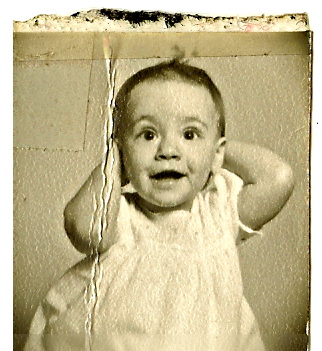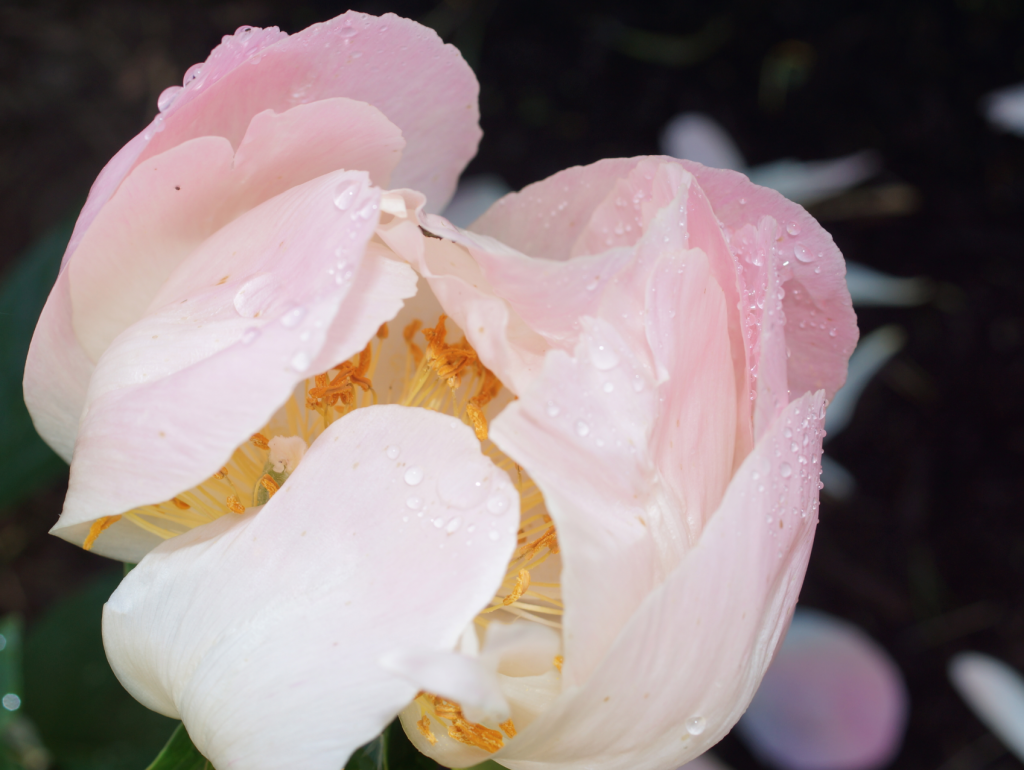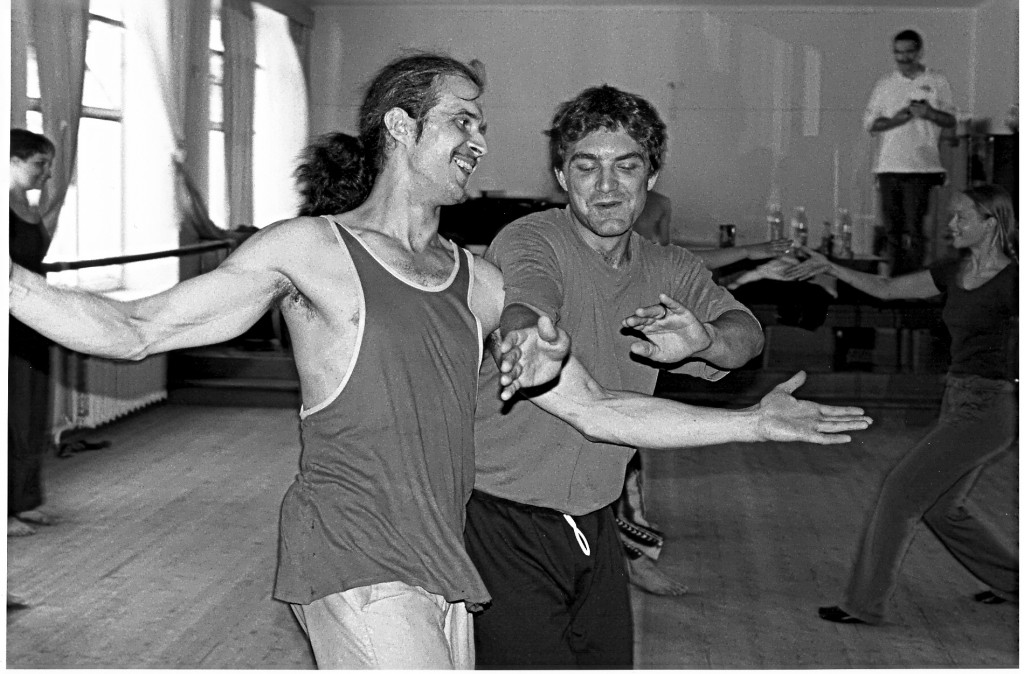Birth days should be daily. Meaning that every day should have a birthing – of awareness, connection – some extravagant synaptic cake and candles.
There should be no day in which we do not birth new ideas, passions, hopes, appreciations – as many as possible. My theory is that as we age, there should be more birthing, that our neural plasticity and sensual pleasure should expand in juiciness and glory.
Birthing doesn’t have to be labor. It can be spontaneous, playful, magical. Here is one way to find something new:
Following the body (15 minutes)
- Find a quiet place to lie down on your right or left side. (Lying on the side makes it easier to move than if you are on your back.)
- Close your eyes and let your mind settle into the body, noticing the position of the limbs, chest, head, hips.
- From that stillness, invite the body to move. Maybe the movement is a small tapping of a finger, or wiggling your nose. Maybe you shift your body to another position. Perhaps the movement is more stillness or movement that is full and expansive.
- The challenge is to wait to be moved, rather than letting the mind think of what to do next. Let your mind observe the movement without judging or directing.
- After 10 minutes, open the eyes and notice how you bring the outside in and the inside out. Move into your day and notice if and how your movement stays with you.



